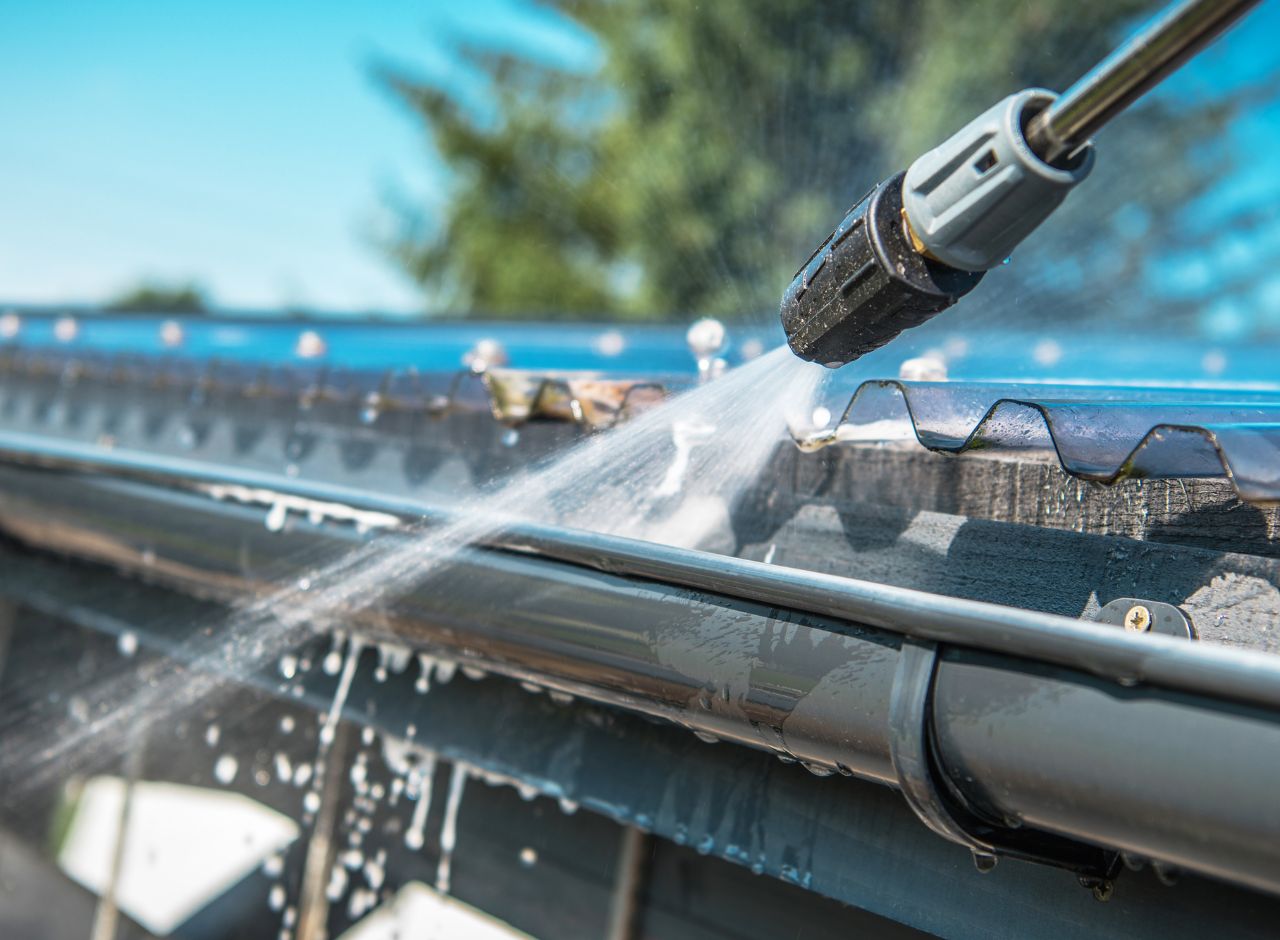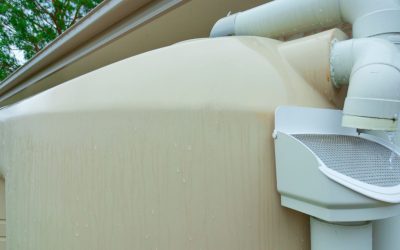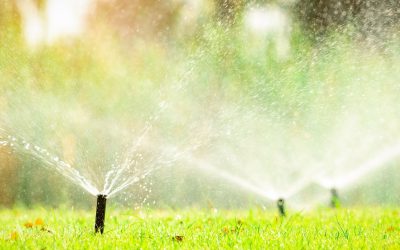In the face of growing environmental concerns and the increasing scarcity of water resources, households around the world are seeking sustainable solutions to conserve water. One such solution gaining popularity due to its simplicity, efficiency, and environmental impact is rainwater harvesting. Coupled with effective water pump technology, rainwater harvesting systems can significantly reduce reliance on municipal water supplies and lessen utility bills. This article will guide you through the essentials of setting up a rainwater harvesting system at home, highlight its environmental benefits, and offer insights on utilising harvested water efficiently with eco-friendly water solutions.
Introduction to Rainwater Harvesting
Rainwater harvesting is the process of collecting, storing, and using rainwater for landscape irrigation and other uses. The system typically involves components such as gutters, downspouts, storage tanks, and filtration systems. When integrated with a water pump, the harvested water can easily be distributed throughout your home for various purposes, significantly saving water and making your household more eco-friendly.
Setting Up Your Rainwater Harvesting System
- Collection Surface: Your roof acts as the initial catchment area for rainwater. Ensure it is clean and free from contaminants.
- Gutters and Downspouts: These should be designed to maximise water collection and direct it efficiently into storage tanks.
- Storage Tanks: Choose a tank size based on your water needs and the average rainfall in your area. Consider installing overflow mechanisms.
- Water Pumps: Invest in a water pump to distribute harvested water throughout your property efficiently. This is particularly crucial for irrigation or when using rainwater for toilets and laundry, helping to save water with pumps.
- Filtration System: Depending on the intended use, install appropriate filters to remove debris and pollutants, ensuring the water is clean and safe for use.
Environmental Benefits of Rainwater Harvesting
The benefits of implementing a rainwater harvesting system extend far beyond individual households. Here are several ways in which these systems contribute positively to the environment:
- Reduces Demand on Municipal Water Supplies: By using harvested rainwater for non-potable uses, we can significantly lessen the strain on local water utilities.
- Mitigates Flood and Erosion Risks: Collecting rainwater reduces the volume of runoff, decreasing the risk of flooding and soil erosion in your area.
- Lessens the Environmental Footprint: Rainwater harvesting systems contribute to a reduction in carbon footprint by decreasing the demand for treated municipal water.
Utilising Harvested Water Efficiently
Maximising the use of harvested rainwater requires strategic planning. Here are a few tips to ensure you’re using your stored water efficiently:
- Prioritise Non-Potable Uses: Use harvested rainwater for irrigation, flushing toilets, and laundry to preserve potable water resources.
- Landscape Design: Design your garden with water efficiency in mind. Consider native plants that require less water and integrate rain gardens to utilise direct runoff.
- Regular Maintenance: Keep your rainwater harvesting system in top shape by regularly cleaning your gutters, downspouts, and storage tanks and ensuring your pump and filtration systems are functioning correctly.
Conclusion: A Step Towards Sustainability
Integrating a rainwater harvesting system with an efficient water pump is a step forward in combating water scarcity and moving towards a sustainable lifestyle. As we embrace eco-friendly water solutions, we contribute to a larger movement of environmental stewardship, ensuring a healthier planet for future generations. By understanding and implementing rainwater harvesting in our homes, we not only save water but also reduce our utility bills and decrease our ecological footprint.
Embracing rainwater harvesting is a proactive approach to resource conservation, showcasing a commitment to sustainable living. As this technology continues to evolve, it offers a practical and eco-friendly solution to water scarcity, proving that even small changes at home can lead to significant environmental benefits.





0 Comments